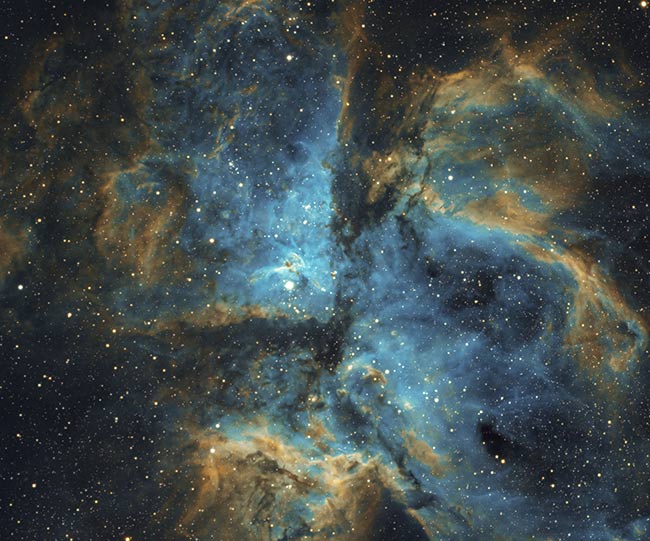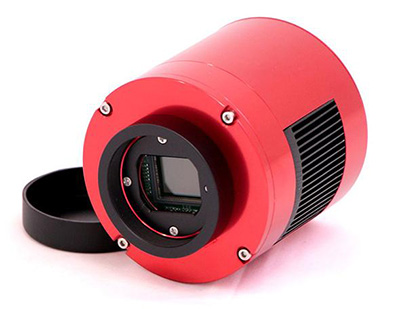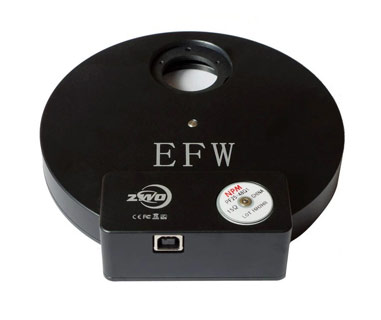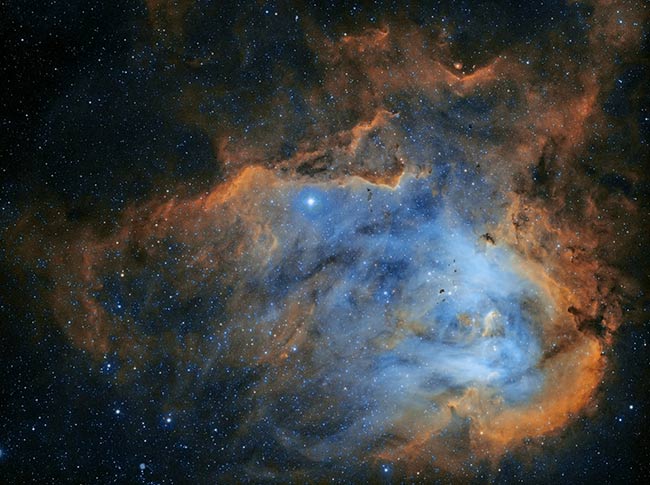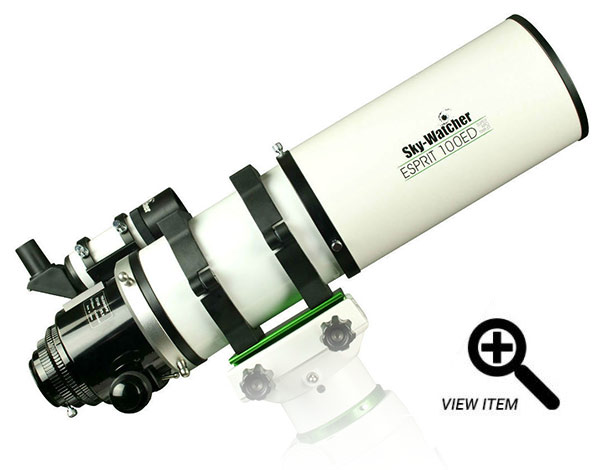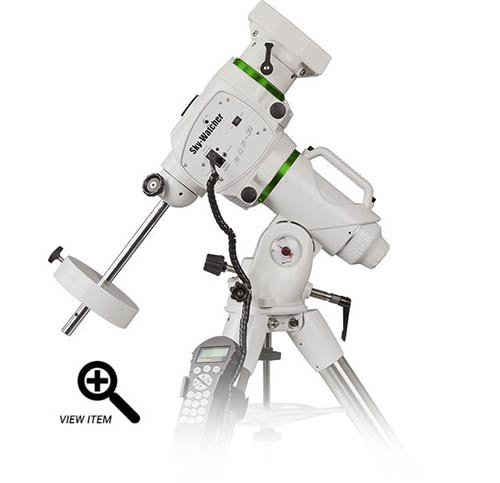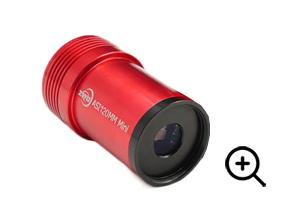Backyard of the Week | August 23, 2021
The AstroBackyard Backyard of the Week highlights astrophotography setups from around the world. A “backyard” can be a balcony, driveway, garden, or wherever else you set up astrophotography equipment at home.
By taking a behind-the-scenes look at the equipment amateur astrophotographers use to take deep-sky images, you can get a better understanding of the process.
This week’s backyard astrophotography equipment profile comes to us from Cody Shuttleworth in New Zealand.
Location: Auckland, New Zealand
Although Cody lives in the beautiful paradise (I’ve always wanted to go) known as New Zealand, he deals with plenty of light pollution in his backyard.
He is a talented image processor, and this will be very evident to you as you browse through the incredible deep-sky images he has taken.
Cody Shuttleworth
Cody is making the most of his southern hemisphere views by capturing jaw-dropping images of nebulae and galaxies in the night sky. I must say, he has mastered the Hubble Pallete (with some creative variations) and has created some of the most dynamic images I’ve ever seen.
Take a look at a recent photo of the Eta Carinae Cody shared on AstroBin. This nebula always reminds me exactly what we’re missing in the northern hemisphere!
Eta Carinae by Cody Shuttleworth
The first thing I noticed about Cody’s images was the resolution he was getting with his system. The ZWO ASI1600MM Pro (3.8-micron pixel size) seems to be a great fit for his imaging telescope, and his images are living proof.
A monochrome CMOS camera like this will excel at narrowband imaging, as a strong signal can be collected through each bandpass. However, these benefits can not be enjoyed without the entire imaging rig coming together.
I think the photo below illustrates how well Cody has been able to optimize the performance of his setup. A starless image can help you appreciate the detailed nebula structure of a region like this.
The Gabriela Mistral Nebula (starless) by Cody Shuttleworth.
Cody’s Equipment
| Primary Camera | ZWO ASI1600MM Pro |
| Primary Imaging Telescope | Sky-Watcher Esprit 100 |
| Telescope Mount | Sky-Watcher EQ6-R Pro |
| Filters | ZWO 31mm 7nm Narrowband |
| Guide Scope | William Optics 50mm |
| Guide Camera | ZWO ASI120mm Mini |
| Camera Control Software | N.I.N.A + APT |
What does Cody love most about his gear?
“The fact that with such large narrowband filters combined with such a great camera I can take barely vignetted, incredible narrowband images from my Bortle 8 back yard in the largest city in New Zealand! Like how crazy is that!”
The Orion Nebula by Cody Shuttleworth
I think many people (myself included) see a location like New Zealand and assume the astrophotographer lives under dark, coastal skies with a majestic southern hemisphere sky above. The reality is, people in all parts of the world deal with extreme light pollution, and the situation is not getting better.
Thankfully, narrowband filters help us ignore much of this unwanted glare, and allow an impactful signal of specific light to pass through. Let’s take a look at the equipment Cody is using to take these incredible photos.
The Camera
The ZWO ASI1600MM sure has built up quite the reputation in the amateur astrophotography world. It is one of the most popular dedicated astronomy cameras of all time.
This camera features a micro 4/3″ monochrome (cooled) CMOS sensor. The sensor provides 16 Mega Pixels of resolution (4656 × 3520 pixels), at a pixel size of 3.8µm.
ZWO ASI1600MM Pro.
A camera like this is perfect for those looking to capture narrowband images from the city, as you can maximize the signal collected in each sub-exposure. A color camera may be a better fit for your processing style and/or limited clear sky time, but a monochrome camera will always capture better images.
I’ve experienced this trait personally with the ZWO ASI2600MM Pro. The resolution is similar to the ASI1600MM Pro, but with a larger sensor.
The Filter
Cody uses the affordable ZWO 31mm LRGB and 7nm SHO filter set. I have heard mixed reviews of these filters, but it appears as though Cody has overcome any of the issues others have experienced through image processing.
They may also just be a great fit with the optics of his telescope, and the camera itself. I’ve experienced scenarios like this myself many times. Each system has its own variables, and filters can perform differently depending on the optics used.
ZWO 7nm SHO Filter Set (31mm).
I can see from Cody’s backyard photo that he also uses the ZWO EFW (electronic filter wheel) to automate the filter process. This is a simple and effective solution for monochrome camera setups, where changing color and narrowband filters throughout the night are common.
The ZWO Electronic Filter Wheel.
The Telescope
What can I say about the Sky-Watcher Esprit 100 ED. It’s versatile, compact, sharp, flat, and some of the best astrophotographers around the world are shooting with it. Clearly, Cody is enjoying this imaging APO too, and the following image proves it.
Running Chicken Nebula by Cody Shuttleworth
Sky-Watcher Esprit 100 ED Apo
- Type: Apochromatic Triplet Refractor
- Diameter: 100 mm
- Focal Length: 550 mm
- Focal Ratio: f/5.5
- Field Flattener: Dedicated Field Corrector (included)
- Weight: 16 lbs (7.25 kg)
Sky-Watcher Esprit 100
The Telescope Mount
The Sky-Watcher EQ6-R Pro makes yet another appearance in the AstroBackyard Backyard of the Week. This robust, computerized, GoTo equatorial telescope mount was built to last and survive countless nights of use outside.
The tracking performance ‘out-of-the-box’ is exceptional, and I often wonder why anyone takes their EQ6-R Pro apart to ‘hyper-tune’ it. I have a strong suspicion there is something else at play if 5-10-minute exposures (with autoguiding) are not possible on this mount.
The Sky-Watcher EQ6-R Pro.
The Guide Scope
A reliable guide scope is a simple, yet important piece of astrophotography gear. To be honest, it doesn’t have to be anything special.
The William Optics UniGuide 50mm is a solid choice to consider, with the added benefit of the unlock system to secure your 1.25″ guide camera.
The Guide Camera
If you’ve ever read a Backyard of the Week feature before, you know all about the ZWO ASI120MM Guide Camera.
It’s an affordable guide camera to handle your autoguiding needs, but it doubles as a capable camera to photograph planets as well.
ZWO ASI120MM Mini.
Thank you for sharing your backyard astrophotography set up with us, Cody! You can view his astrophotography on Instagram or on AstroBin.
Be sure to fill out the form to submit your backyard for a chance to be featured, and don’t forget to include your Instagram handle to help grow your following.
View the Backyard of the Week Archives

